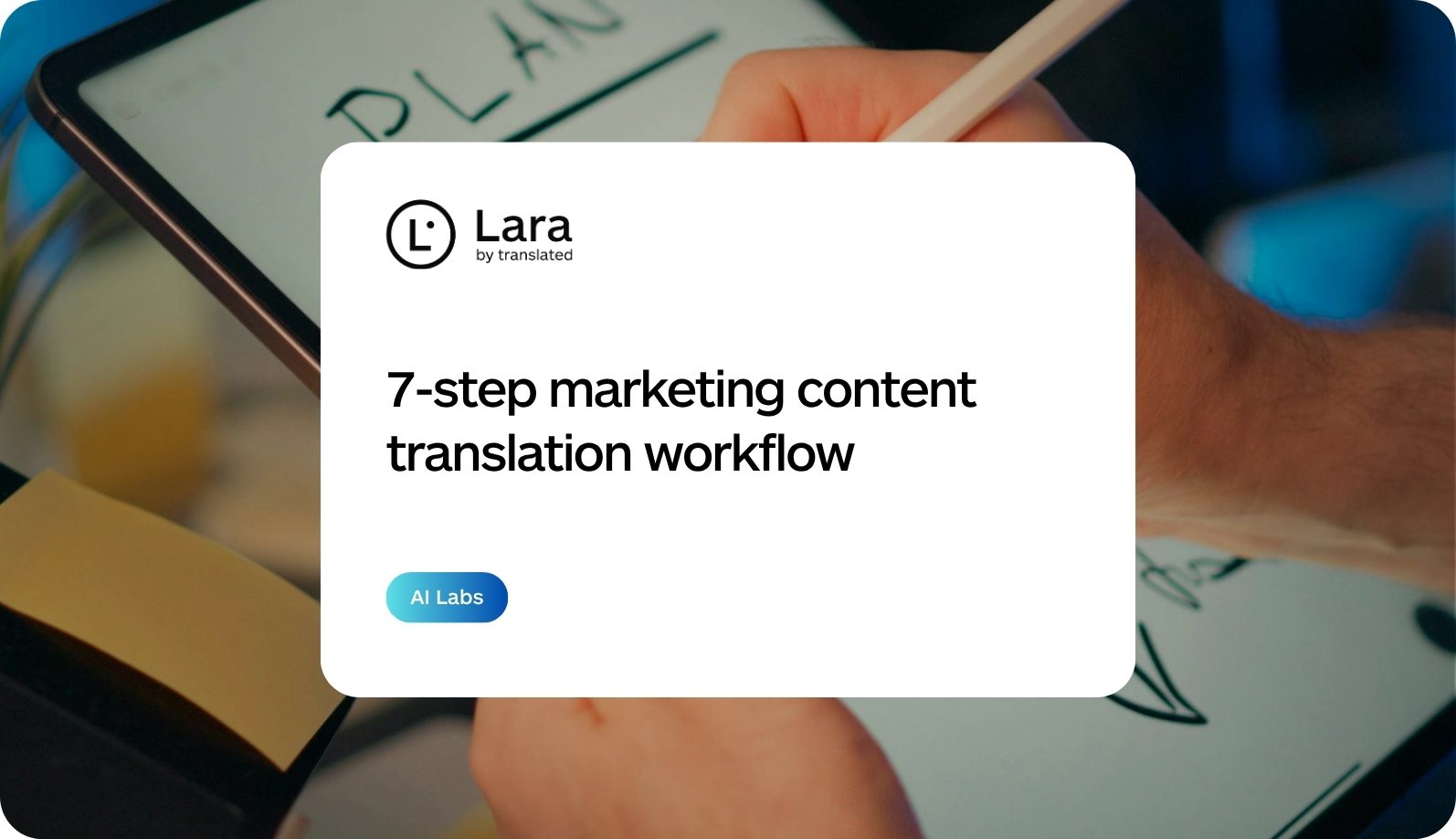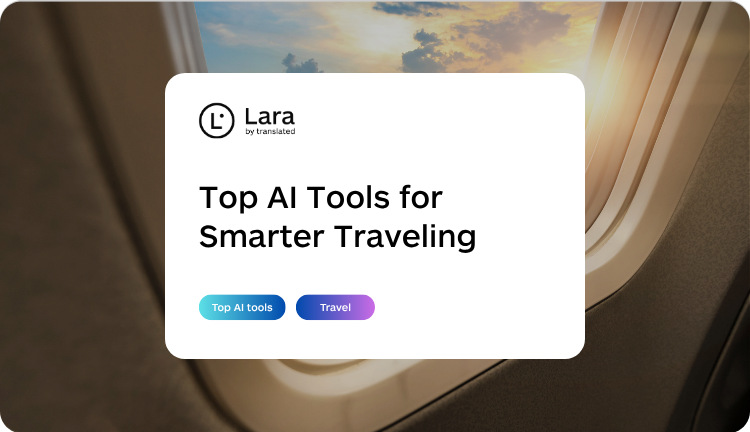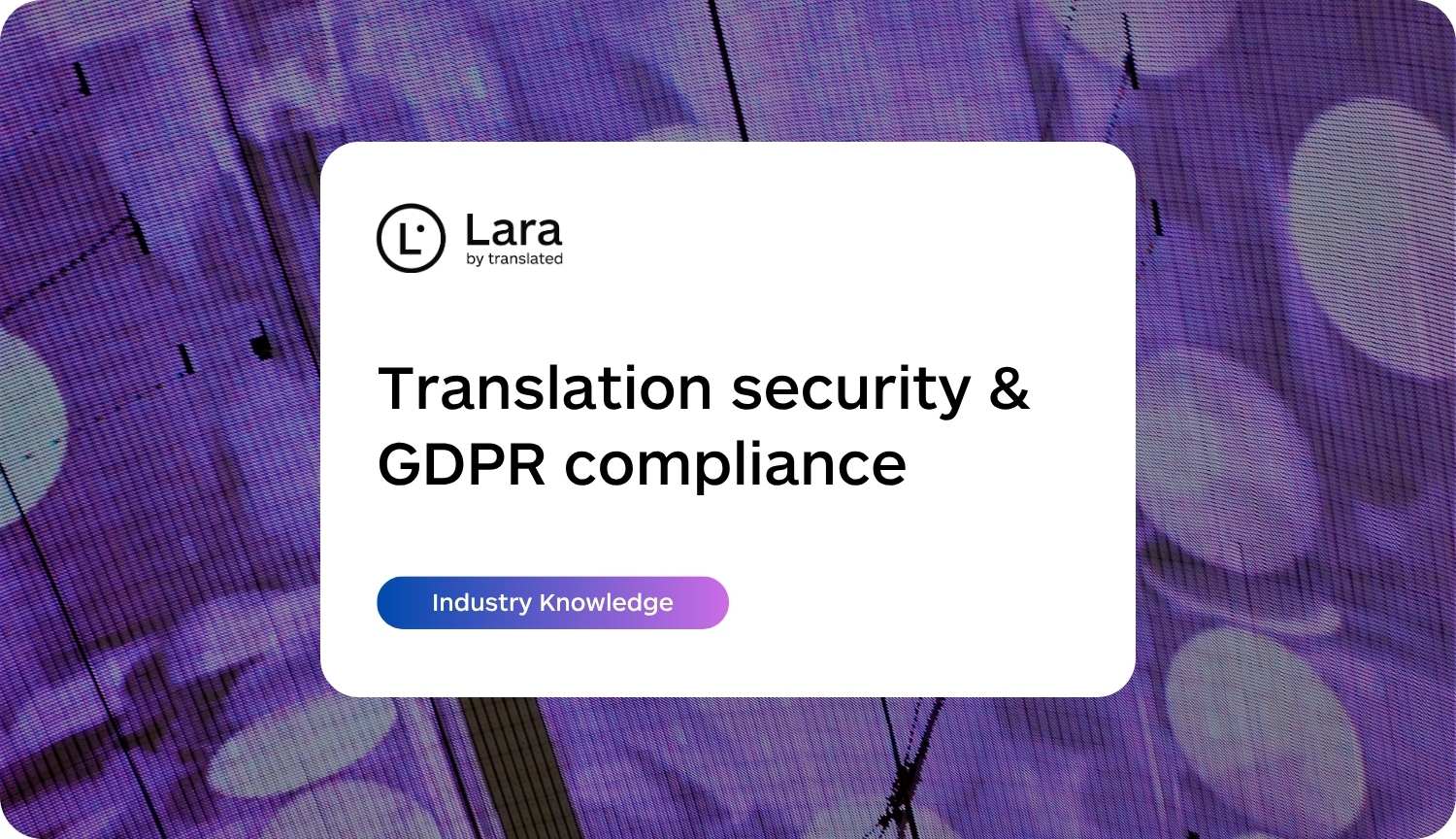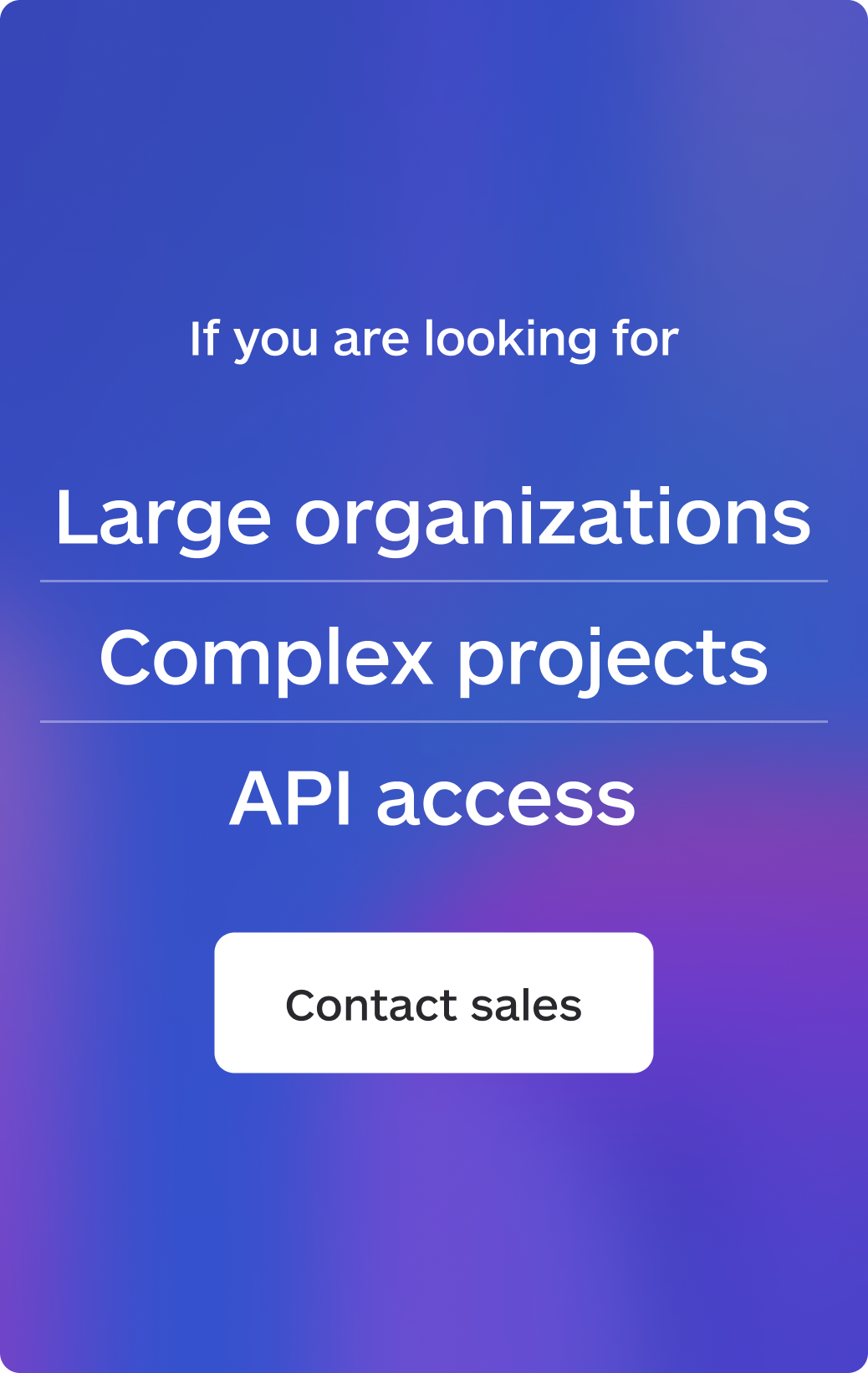Are you struggling to efficiently translate marketing content for global markets? How to build a marketing content translation workflow? Many brands find it challenging to maintain consistent messaging and brand voice when expanding internationally. The right marketing content translation workflow makes all the difference between confusing communications that fall flat and powerful marketing that resonates globally.
This comprehensive guide outlines a proven, seven-step approach that combines advanced technology with human expertise to deliver high-quality multilingual content that connects with local audiences while maintaining your brand’s distinctive voice.
If you’re wondering how to build a marketing content translation workflow, the short answer is: map your content, align on terminology, use AI for first drafts, then layer in transcreation, structured review, marketing validation, and continuous optimization with real-world performance data.
TL;DR
|
Why it matters
A structured marketing content translation workflow turns translation from a last-minute bottleneck into a repeatable growth engine. When your teams follow the same seven steps, you get faster launches, fewer embarrassing mistakes, and a brand voice that feels consistent and intentional in every language. Over time, the workflow becomes a strategic asset that compounds: every campaign improves your glossaries, style guides, and market knowledge.
Why every global brand needs a structured marketing content translation workflow
Marketing teams often adopt ad hoc translation methods when expanding globally, leading to inconsistent quality, missed deadlines, and communication breakdowns. A well-defined marketing content translation workflow resolves these issues by creating a predictable, repeatable process for transforming content from one language to another while preserving intent and impact.
Proper localization dramatically improves engagement in international markets. Without a structured marketing content translation workflow, teams frequently encounter problems like cultural misunderstandings that lead to embarrassing messaging mistakes, inconsistent brand voice across different languages, inefficient revision cycles that delay campaign launches, and excessive costs due to duplicated translation efforts.
By implementing a step by step content translation workflow, you establish a foundation for sustainable global growth. This systematic approach ensures your message remains compelling and culturally appropriate in every market, while simultaneously reducing costs and accelerating time-to-market for multilingual campaigns. The right workflow transforms translation from a bottleneck into a competitive advantage for global marketing teams.
How to build a marketing content translation workflow: 7 steps
Let’s explore the proven seven-step marketing content translation workflow that leading global brands use to create effective multilingual content.
Step 1: Content audit preparation
What should you audit before translating you marketing content?
Before beginning any translation work, thorough content preparation lays the foundation for success. This initial phase of the marketing content translation workflow involves documenting all marketing assets requiring translation, from landing pages and emails to social posts and video scripts. You’ll need to analyze content complexity to estimate resource requirements and develop a content internationalization strategy that considers cultural nuances across target markets.
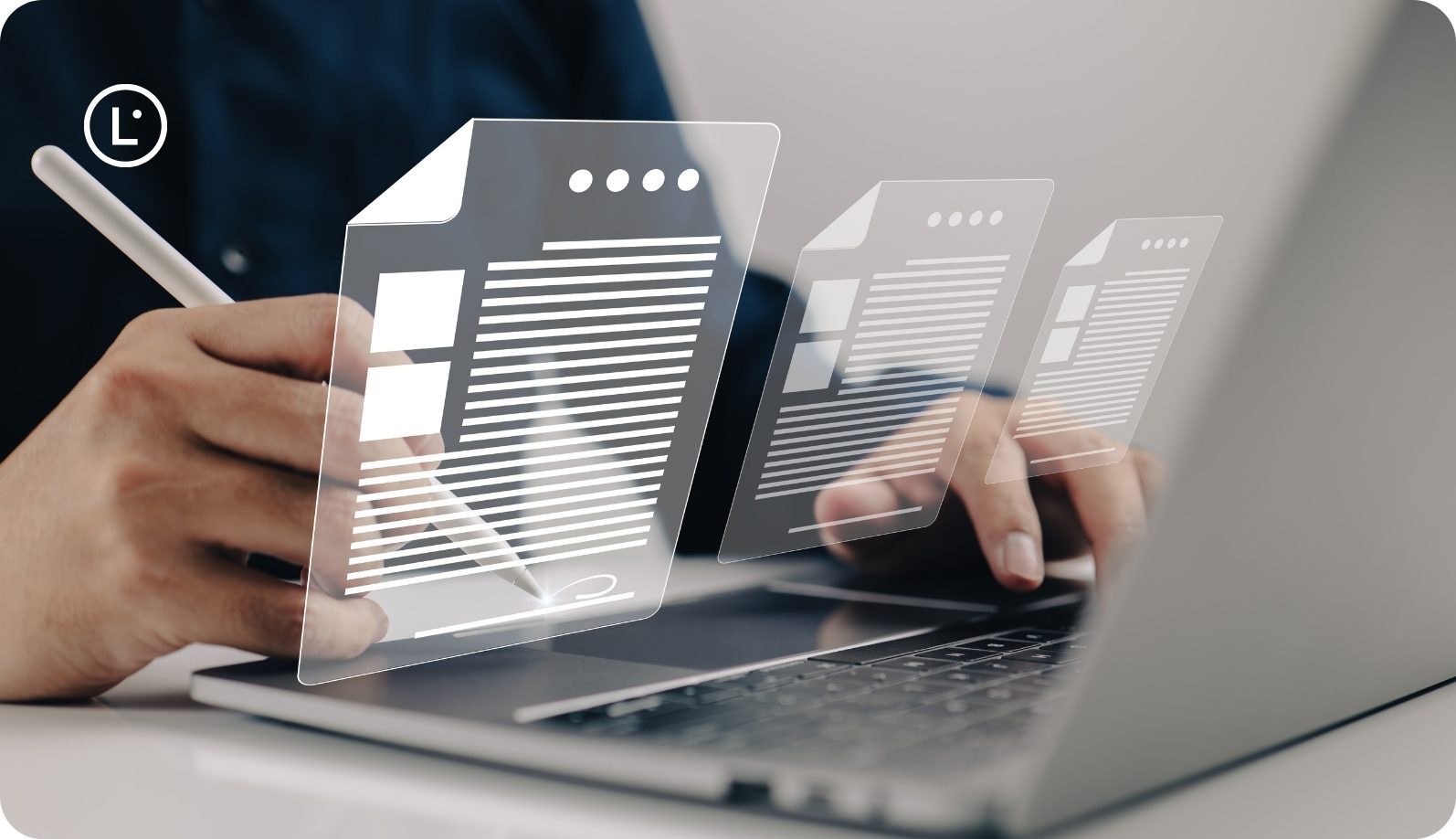
Creating country-specific style guides represents a critical component of preparation. These guides should outline not just language preferences but also cultural considerations that might affect messaging. An effective style guide addresses tone, humor, formality levels, and taboo subjects for each target market, providing translators with essential context for adapting content appropriately.
The preparation phase profoundly influences downstream quality and efficiency. During this stage, marketing teams should focus on creating clear, concise language in the source content, avoiding idioms, colloquialisms, and culture-specific references that might not translate well. Establishing a standardized file naming system and ensuring proper encoding (UTF-8) to support all character sets further streamlines the marketing content translation workflow.
Step 2: Terminology management with a comprehensive glossary
How do you build and maintain a marketing translation glossary?
Consistent terminology forms the foundation of effective brand communication across languages. A well-maintained glossary becomes increasingly valuable as you scale your international presence, ensuring that key terms, product names, and brand messaging remain consistent regardless of language or market.
Your multilingual glossary should define which brand elements should remain untranslated, establish preferred translations for industry-specific terminology, and document context-specific usage guidelines. This resource becomes a living document that evolves alongside your brand, helping new translators quickly align with your established standards.
For marketing translations specifically, your glossary should include brand names and product terms, campaign-specific terminology, industry jargon and technical terms, legal disclaimers and compliance language, and creative elements like taglines and slogans. By investing time in comprehensive terminology management upfront, you’ll dramatically improve consistency and reduce revision cycles throughout your marketing content translation workflow.
Step 3: Initial translation with AI technology
How can AI translation speed up your marketing content workflow?
Technology-assisted translation accelerates the process while establishing quality foundations for the marketing content translation workflow. The initial translation phase leverages advanced AI tools to generate first drafts that maintain formatting integrity and capture the essence of your marketing message.
Lara Translate offers an ideal solution for this step, translating in more than 200 languages with advanced capabilities specifically designed for marketing content. The platform preserves formatting across 50+ file formats, including those commonly used in marketing like DOCX, PDF, HTML, and design files.
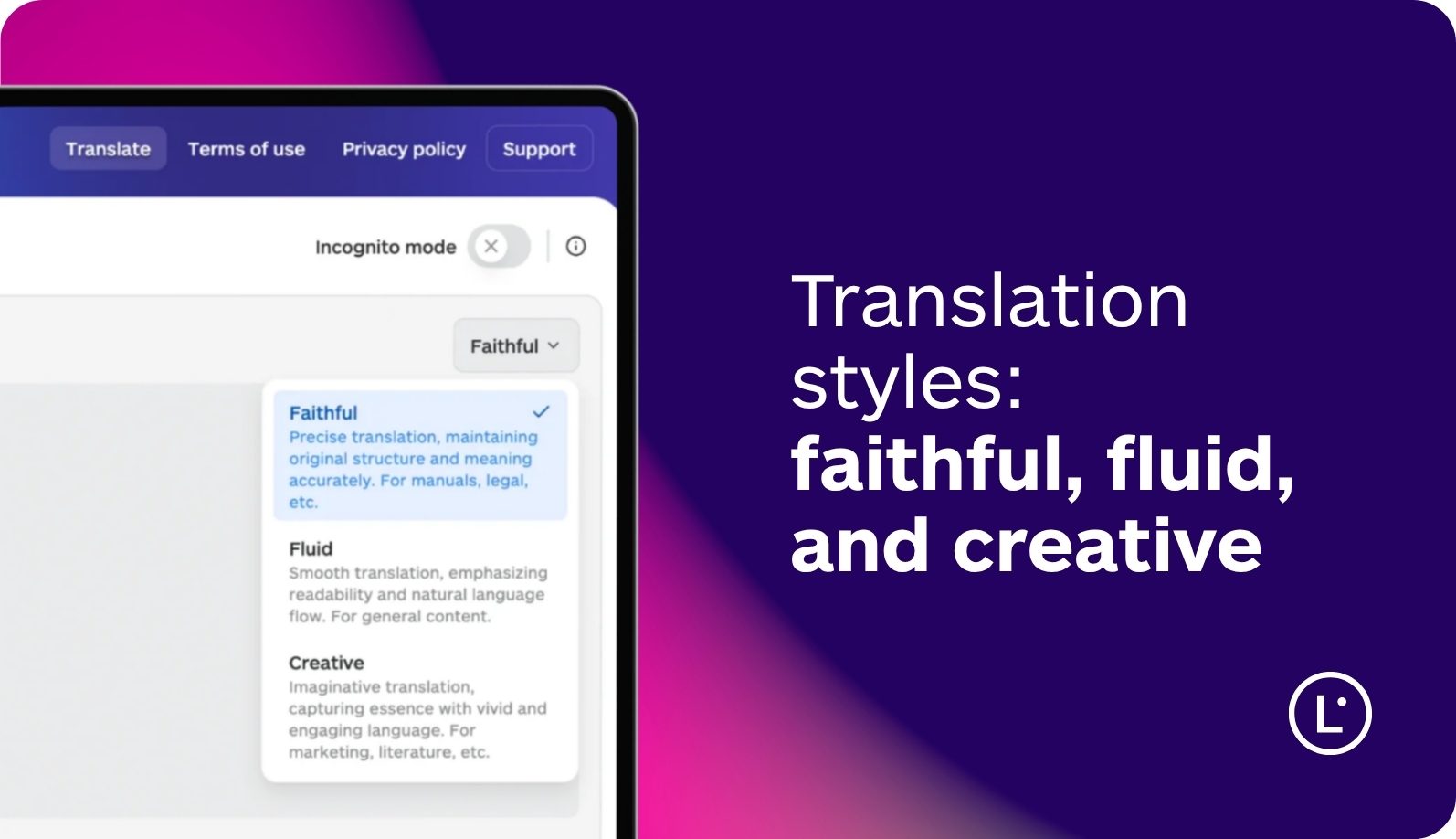
What sets Lara Translate apart in the marketing content translation workflow is its contextual understanding of marketing terminology across industries. Unlike basic translation tools, Lara Translate provides three translation styles (faithful, fluid, and creative) to match your specific marketing needs. The creative style proves particularly valuable for marketing content, capturing the emotional impact and persuasive effect of your original message rather than just the literal meaning.
Step 4: Transcreation and cultural adaptation
When do you need transcreation instead of simple translation?
This critical step transforms literal translations into culturally relevant marketing communications. Following transcreation best practices means focusing on recreating the intended effect rather than just translating words. Skilled transcreators adapt your messaging to address cultural nuances while preserving brand voice and ensuring cultural appropriateness.
Transcreation best practices involve briefing native-speaking marketing specialists thoroughly on campaign goals, target audience, and desired outcomes. These specialists don’t simply translate; they reimagine your content to create the same emotional impact in the target language. They adapt imagery, examples, and references to resonate with local audiences, ensuring your marketing materials connect authentically with each target audience.
The difference between translation and transcreation is substantial, particularly for marketing content. While translation focuses primarily on linguistic accuracy, transcreation prioritizes marketing impact above all. Successful implementation of transcreation best practices requires understanding local cultural contexts, consumer behavior patterns, and market-specific preferences. This nuanced approach to the marketing content translation workflow delivers messaging that feels native to each market rather than obviously translated.
Step 5: Quality assurance through a structured review cycle
How do you set up a quality review cycle for translated marketing content?
A thorough review cycle ensures your translations meet both linguistic and marketing standards. Effective quality governance in the marketing content translation workflow involves implementing a multi-stage review process with specialized reviewers for different aspects of content quality.
The review cycle typically includes linguistic review to check grammar, spelling, and syntax; subject matter review to verify technical accuracy and industry appropriateness; and marketing review to evaluate persuasive impact and brand alignment. Creating clear feedback channels between reviewers and translators streamlines this process and reduces revision iterations.
Establishing objective quality criteria beyond subjective preferences represents a key element of an effective review cycle. Leading organizations implement structured quality assessment methodologies that categorize errors by severity and type, providing quantifiable metrics that help continuously improve translation quality. Documentation of common issues throughout the review cycle helps refine your marketing content translation workflow over time, reducing the occurrence of recurring problems.
Step 6: Marketing-specific validation
How do you validate that translated marketing content actually works?
Beyond linguistic accuracy, marketing content requires specialized validation within the marketing content translation workflow. This step focuses specifically on evaluating marketing effectiveness, ensuring your translated content drives engagement and conversions as effectively as the original.
Marketing-specific validation includes testing key messaging with target audience representatives, verifying call-to-action effectiveness in each language, and checking SEO elements including localized keywords. The validation process should also ensure consistent branding across all materials and confirm that layout and design elements work properly in the target language.
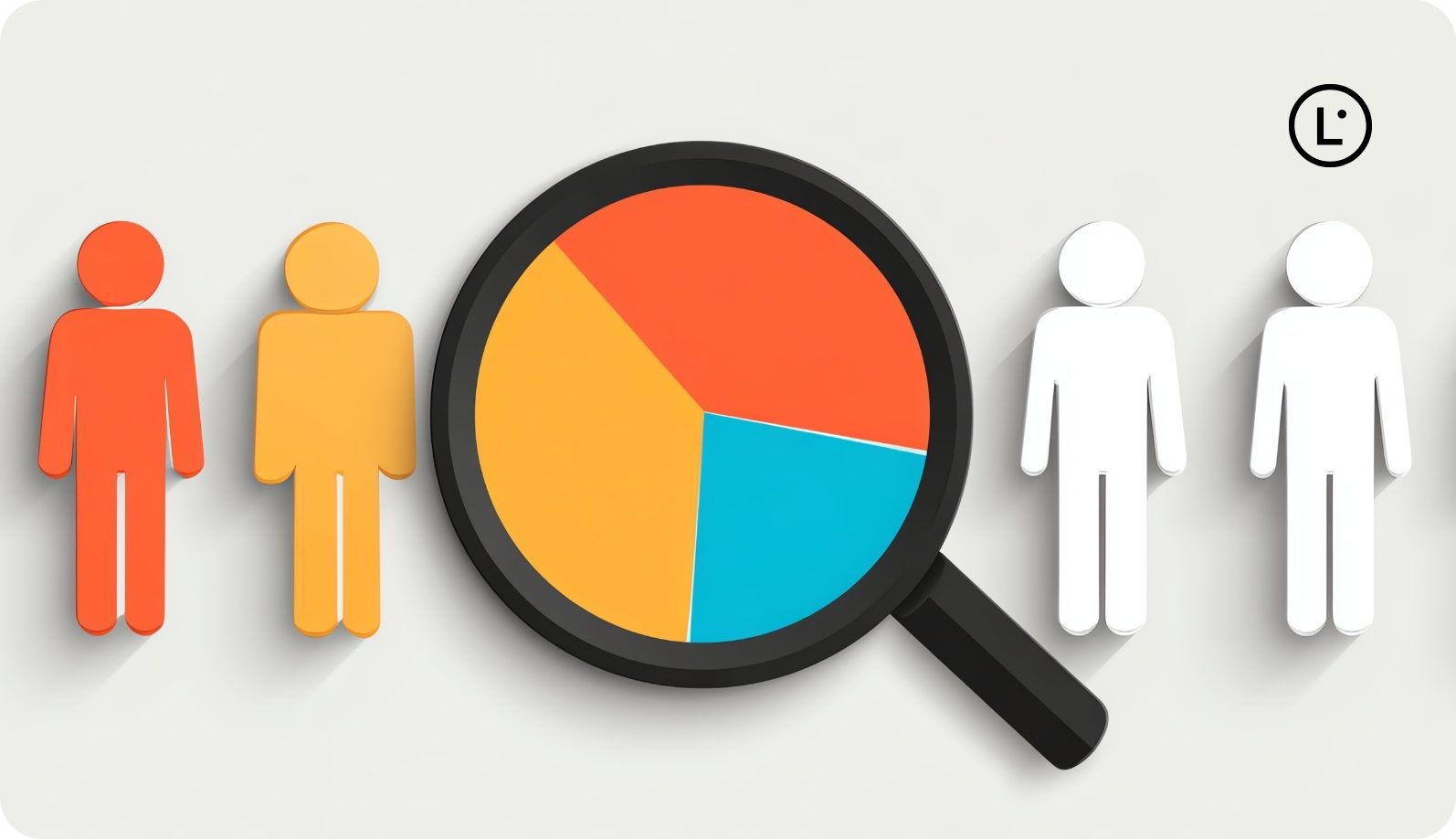
This phase of the marketing content translation workflow should include A/B testing of headlines and calls-to-action where possible, review of culturally-specific imagery and colors, verification of localized URLs and metadata, and confirmation that tracking codes and analytics remain functional. These validation activities ensure that your translated marketing content not only reads well but actually performs its intended function in each target market.
Step 7: Implementation and ongoing optimization
How can you continuously improve your marketing content translation workflow?
The final step of the marketing content translation workflow involves deploying content across appropriate channels and establishing feedback mechanisms to drive continuous improvement. The marketing localization process doesn’t end with publication; it requires ongoing monitoring and refinement based on real-world performance.
The marketing localization process should include tracking performance metrics by language and region, gathering feedback from local marketing teams, and updating terminology and style guides based on market response. This approach ensures your marketing content translation workflow evolves with your business needs and market conditions.
Key performance indicators to track in your marketing localization process include translation turnaround time by content type, cost per word across language pairs, error rates and quality scores, engagement metrics by market, and conversion rates for translated content. By analyzing these metrics, you can identify bottlenecks in your marketing content translation workflow and implement targeted improvements to the marketing localization process.
Integrating translation technology into your marketing workflow
Translation technology plays a vital role in creating efficient marketing localization processes. Modern marketing teams require an integrated approach that connects translation capabilities with existing martech stacks.
AI translation tools like Lara Translate significantly enhance your marketing content translation workflow by providing rapid initial translation across multiple languages, consistent terminology management, document format preservation, and customizable translation styles for different content types. Lara Translate stands out from generic translation tools by offering features specifically designed for marketing content, including context-aware translation that preserves marketing intent and creative style options for marketing messaging.
If you want to see this workflow in action, you can start by translating your next campaign with Lara Translate, then layer in glossaries, translation memories, and style instructions as you refine your process.
When building a step by step content translation workflow, consider how your chosen translation tools connect with content management systems, marketing automation platforms, digital asset management systems, project management software, and analytics platforms. Creating seamless content flow between systems reduces manual handling and accelerates your marketing localization process for multilingual campaigns.
Working with language service providers in your marketing localization process
For many organizations, partnering with the best language service providers in 2025 offers the ideal balance between internal control and external expertise within their marketing content translation workflow. These partners provide access to qualified translators and transcreators, management of complex multi-language projects, technology solutions that integrate with your workflow, and market-specific insights and cultural guidance.
When evaluating potential partners for your marketing localization process, look for providers with specific experience in marketing translation and transcreation, as well as familiarity with your industry and target markets. The right partner will work as an extension of your marketing team, helping you navigate cultural nuances while maintaining your brand’s distinct voice across all markets.
How Lara Translate enhances the marketing content translation workflow
Lara Translate offers specific capabilities that address the unique challenges of the marketing content translation workflow.
Lara’s advanced contextual understanding analyzes entire documents to maintain consistent tone and messaging, ensuring your marketing copy flows naturally in every language. This context-aware approach preserves both meaning and persuasive impact across languages, a critical factor in effective marketing localization processes.
The platform offers multiple translation styles that marketers can select based on content needs. The creative style proves particularly valuable within the marketing content translation workflow, generating translations that maintain emotional impact rather than just linguistic equivalence. This capability supports effective implementation of transcreation best practices even during the initial translation phase.

Lara supports more than 50 file formats, ensuring that your original formatting and design elements remain intact. This extensive compatibility streamlines your marketing content translation workflow and reduces the time needed for post-translation adjustments.
Built-in quality assurance tools explain translation choices and offer alternative options, helping marketing teams understand and refine translations to match their specific needs. These features facilitate a more effective review cycle by providing translators and reviewers with shared context and reasoning.
Seamless workflow integration through Lara’s API enables direct connection with content management systems and marketing platforms, creating automated translation pipelines that keep multilingual content in sync across all channels. This integration capability streamlines the entire marketing localization process, reducing manual intervention and accelerating time-to-market.
With support for more than 200 languages, Lara Translate provides the technological foundation for efficient, high-quality marketing localization processes at scale. The best translation software solutions like Lara Translate don’t replace human expertise, they enhance it by automating routine tasks while preserving creative nuance.
Ready to structure your marketing content translation workflow?
Try Lara Translate with your next campaign and use the 7-step framework above as your checklist.
And use this checklist to keep track of your workflow:
7-step marketing content translation workflow – checklist☐ Content audit & preparation: Inventory assets, prioritize by impact, clean up source copy, and create market-specific style guides. ☐ Terminology & glossary: Define key terms, product names, CTAs, and legal language; decide what stays untranslated and share with all vendors. ☐ AI-first translation: Use AI (e.g., Lara Translate) for initial drafts, preserving layout and applying styles and glossaries where available. ☐ Transcreation & cultural adaptation: Have native marketing specialists rework high-impact content to match local culture, humor, and expectations. ☐ Structured quality review: Run linguistic, subject-matter, and marketing reviews with clear error categories and feedback channels. ☐ Marketing validation & testing: Check CTAs, SEO elements, visual fit, compliance, and run A/B tests where possible in each target market. ☐ Implementation & optimization: Publish, track performance by language, update glossaries/style guides, and refine the workflow with real data. |
Transforming your global marketing with an effective workflow
Implementing an effective marketing content translation workflow requires thoughtful planning and the right combination of technology and human expertise. The seven-step framework outlined here provides a proven approach that balances efficiency with quality, helping your brand communicate effectively across global markets.
Remember that successful marketing localization processes evolve over time. Start with this framework, then adapt it to your specific organizational needs, content types, and target markets. By implementing a structured step by step content translation workflow and combining advanced technology with human expertise, you’ll achieve the optimal balance between efficiency and quality in your multilingual marketing efforts.
The marketing content translation workflow outlined here serves as a roadmap for brands at any stage of global expansion. Whether you’re just beginning to explore international markets or working to optimize existing localization processes, this systematic approach provides a foundation for sustainable growth and consistent brand experiences across languages and cultures. Boosting your global presence with AI translation software establishes the foundation for deeper market adaptations, allowing your team to focus on strategic initiatives rather than getting bogged down in basic translation tasks.
FAQs
What’s the difference between translation and transcreation in a marketing content translation workflow?
Translation focuses on accurately converting text from one language to another, while transcreation involves creative adaptation that preserves the intent, style, and emotional impact of the original content. For marketing materials, transcreation is often essential to ensure messaging resonates with the target audience and drives the desired action. Transcreation is a key component of an effective marketing content translation workflow.
How do I determine which content needs human translation versus AI translation in my workflow?
When wondering on how to build a marketing content translation workflow consider that high-visibility content (homepage, key landing pages, brand messaging), creative campaigns, and legal content typically benefit from human translation. Routine updates, internal communications, and high-volume content may be appropriate for AI translation with human review. Many organizations implement a tiered approach based on content visibility and business impact within their marketing content translation workflow.
What elements should a style guide include in a marketing content translation workflow?
A comprehensive style guide should cover brand voice characteristics, preferred terminology, formatting conventions, cultural adaptations, market-specific examples, and guidelines for handling untranslatable elements like product names or branded terms. The most effective guides include concrete examples comparing acceptable and unacceptable translations and serve as essential resources throughout the marketing content translation workflow.
How can I measure the ROI of my marketing content translation workflow?
Track metrics including time-to-market for international campaigns, translation cost per word, engagement rates for translated content compared to original content, and conversion rates across different language markets. Advanced organizations calculate direct ROI by comparing localization costs against market-specific revenue generated through their marketing content translation workflow.
What role do technology integrations play in an efficient marketing content translation workflow?
Integrations between content management systems, translation tools, and marketing platforms eliminate manual file handling, reduce errors, enable version control, and significantly accelerate the translation process. Organizations with mature marketing content translation workflows implement continuous translation pipelines that automatically identify, translate, and publish content updates across all target markets.
This article is about
- Essential steps in creating an effective marketing content translation workflow for global audience engagement
- Step by step content translation workflow processes combining AI efficiency with human expertise
- Transcreation best practices for cultural adaptation of marketing materials across markets
- Marketing localization process strategies for scaling multilingual content efficiently
- Quality governance through comprehensive style guides, glossaries, and review cycles
Have a valuable tool, resource, or insight that could enhance one of our articles? Submit your suggestion
